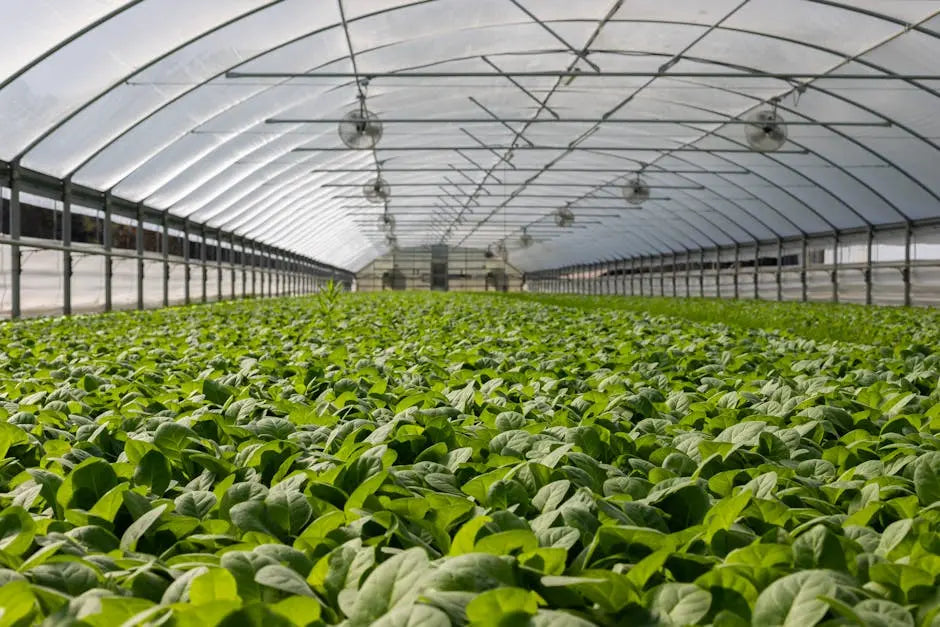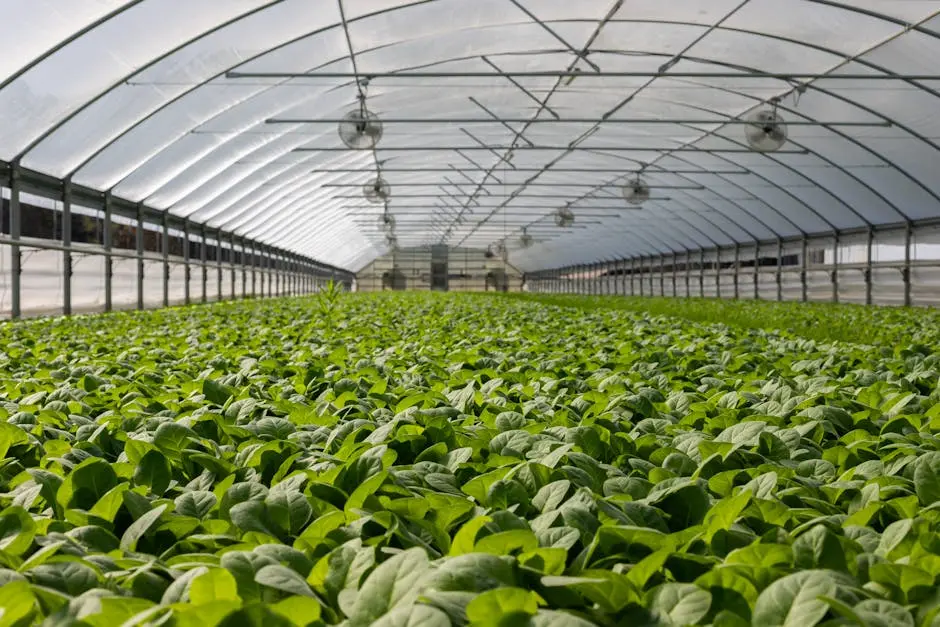
Botanical Store Essentials: What to Know Before You Buy
Share
Exploring a botanical store can be an enchanting experience, but it can also be overwhelming with the myriad of choices available. Whether you’re a seasoned green thumb or a budding plant enthusiast, knowing what to look for before you start your botanical journey can ensure you make the best selections for your home and garden.
Understanding Your Space and Light Needs
Before heading to a botanical store, it’s important to evaluate the space where you plan to house your plants. Consider the natural light conditions, temperature, and humidity levels. This understanding will help you select plants that can thrive in your specific environment.
Natural light plays a crucial role in the health and growth of your plants. Some plants, like succulents, thrive in bright, direct sunlight, while others, such as ferns, prefer shaded or indirect light. Understanding the unique light needs of different plant types can make all the difference in creating a flourishing indoor garden. Additionally, consider the windows and direction your space faces; south-facing windows offer ample light, whereas north-facing ones might provide less. Adjusting your plant selection based on these factors will help ensure your plants receive the proper amount of light they need to thrive.
Temperature and humidity are equally important. Tropical plants, for example, often require warmer temperatures and higher humidity levels similar to their natural ecosystems. On the other hand, if your space is cooler or drier, cacti and succulents might be more suited for your environment. Pay attention to your daily living conditions and remember that while you can modify these factors to some extent using humidifiers or grow lights, choosing plants that naturally fit your home’s climate will save time and effort.
Selecting Healthy Plants
When choosing plants, look for vibrant colors, firm leaves, and absence of pests. A healthy plant will have strong roots and consistent foliage. Don’t hesitate to ask store staff for advice on plant health and care routines.
Another key aspect of selecting healthy plants is checking the soil and the pot. The soil should be fresh and free from an unpleasant odor, while pots should not have signs of excessive water accumulation, which can indicate poor drainage or overwatering. Avoid plants with yellowed or wilted leaves, as these signs can suggest underlying health issues. Moreover, gently lifting plants from their pots to inspect root health can be an insightful practice. Healthy roots are usually white or light tan, firm, and not overly coiled around each other. This practice can be especially worthwhile for purchasing larger or more expensive plants.
Exploring Diverse Plant Varieties
Botanical stores often boast a variety of plants, from succulents and ferns to flowering plants and herbs. Take time to explore these options, and consider how each could add to the aesthetic or utility of your space.
Adding diversity to your plant collection not only enhances its visual appeal but also its ecological benefits. Herbs, like basil or mint, can double as culinary ingredients, enriching your dishes with fresh flavors. Exotic and flowering plants can beautify the home, while air-purifying species like snake plants and spider plants contribute to healthier indoor air quality. When visiting a botanical store, take a moment to ask about rare or unique plant species that may not be prominently displayed; these often carry interesting histories or specific care requirements that add another layer of interest to your botanical pursuits.
Gathering Essential Tools and Supplies
Along with plants, botanical stores offer tools and materials that are crucial for plant care. Be sure to pick up essentials like potting soil, planters, gardening tools, and fertilizers to ensure you have everything needed for optimal plant health.
Quality tools are vital for maintaining your plant collection. Pruning shears, for example, help manage plant growth and maintain their desired shapes. Choose ergonomically designed tools that are easy to use over extended periods. Fertilizers are equally critical—different plants have varying nutrient requirements, so choose fertilizer formulations specific to your plant types. Don’t forget about finding planters with proper drainage, as these are crucial for preventing root rot and ensuring the longevity of your plants. Furthermore, while in the store, it’s a great time to inquire about environmentally-friendly products or alternatives that can support sustainable gardening practices in your home.
Learning Proper Plant Care
Understanding how to care for your chosen plants is crucial for their growth and longevity. Familiarize yourself with watering schedules, pruning techniques, and common pest control methods. Consult care guides or store experts to gain confidence in your plant nurturing abilities.
Watering is often the most misunderstood aspect of plant care. It’s not just about quantity but also frequency. Overwatering can be as detrimental as underwatering. Generally, the finger test can be a simple method to gauge if a plant needs water; gently insert your finger into the soil about an inch deep—if it feels dry, it’s likely time to water. For more advanced gardeners, exploring technology like soil moisture meters can provide accuracy. Additionally, educating yourself about signs of over and underwatering, such as droopy or yellow leaves, helps you adjust your care tactics promptly to avoid causing stress to your plants.
Pest control is another significant element of plant care. Keeping your plants healthy is the first step in pest prevention. Clean leaves regularly to avoid dust buildup, which can provide a breeding ground for pests. For dealing with infestations, organic solutions like neem oil can be both effective and safe for indoor use. Biological controls, such as introducing beneficial insects, can be a method for outdoor setups. Whenever trying a new pest control method, always research thoroughly to ensure its suitability for your plant types and living conditions.
Embark on Your Green Journey
Shopping at a botanical store can be a delightful journey if you have the right knowledge at your disposal. By understanding your space, selecting healthy plants, considering various plant varieties, gathering the right tools, and learning how to provide proper care, you can create a thriving green sanctuary. Embrace the green thumb within you and let your botanical adventure begin!
